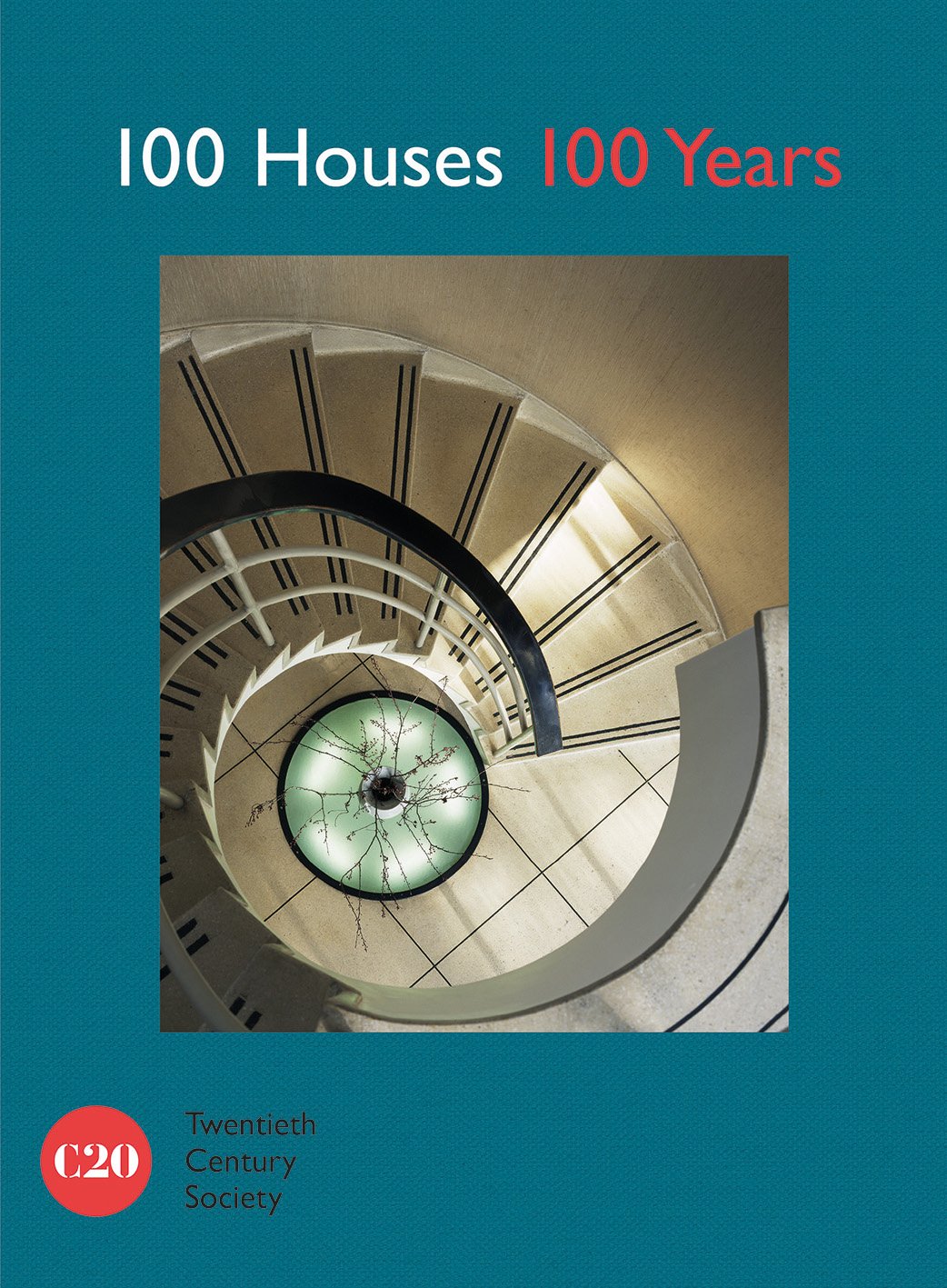Post
BOOK REVIEW | 100 Houses 100 Years
1 Apr 2020
100 Houses 100 Years
by the 20th Century Society
Reviewed by Jessica Cargill Thompson
The Twentieth Century Society's latest coffee-table book edited by Susannah Charlton and Elain Harwood is a romp through a cornucopia of housing styles and types, selecting one exemplary house for each of the past 100 years. It starts in 1914 with Raymond Unwin's Chestnut Grove family homes for the garden village of New Eastwick, York; and finishes in 2015 with artist Grayson Perry and architect Charles Holland's joyful 'House for Essex' out on the Stour estuary.
There are a number of one-off, extremely covetable private houses, which will appeal to Grand Designs fans. These display such variety that it is almost impossible to discern any linear evolution; it is more like listening in on a conversation back and forth across the century. There's Sarah Wigglesworth and Jeremy Till's innovative Straw Bale House (2001) off London's Caledonian Road; Michael and Patty Hopkins's corrugated-steel home (1976) for their family in Hampstead; Patrick Gwynne's modernism-luxe The Homewood (1939) in Esher, Surrey; and Lutyens's Gledstone Hall (1925) in Yorkshire.
Particularly inspiring, though, is the array of more democratic housing developments: a purpose-built village for Bata factory workers at East Tilbury (1933); Bill Dunster's exercise in sustainable community living BedZED in Hackbridge, Sutton (2002); Walter Segal self-builds in Lewisham (1980); Span housing in Kent (1969); Alison Brooks's low- budget family homes in Harlow (2012), continuing the new town's tradition of carefully considered domestic provision; and Benson & Forsyth's Branch Hill Estate in Hampstead (1978), which takes inspiration from Neave Brown's Alexandra Road and is one of the country's last council-built estates.
No doubt everyone will have a favourite house they feel has been overlooked, but equally everyone will discover in this eclectic list somewhere previously not on their architectural radar. Intentionally or not, 100 Houses leaves the reader with one burning question: how does so much dull housing get built when the form is shown here to be such a well of creative possibility?
From the Journal of The London Society 472 (2017)
